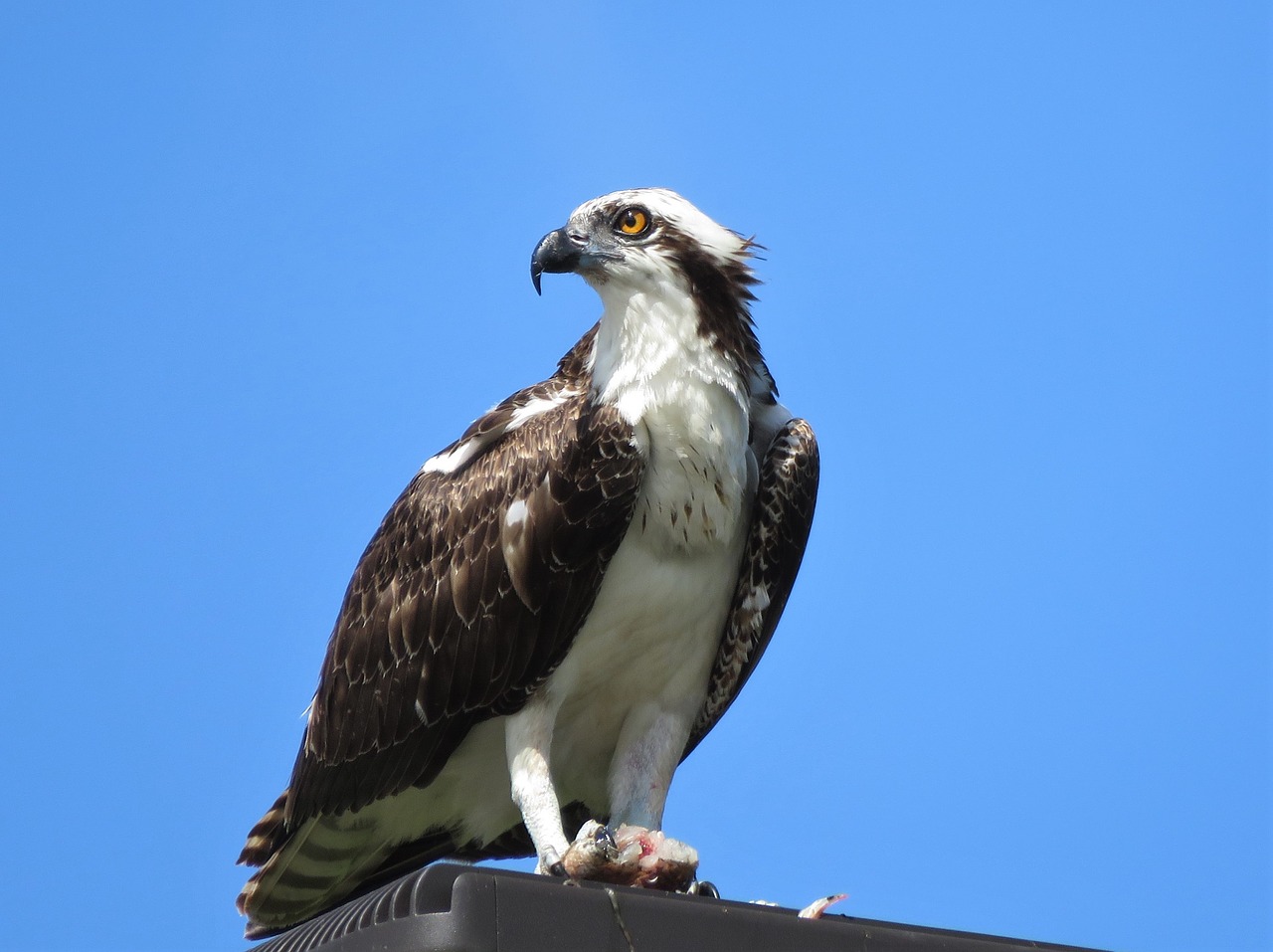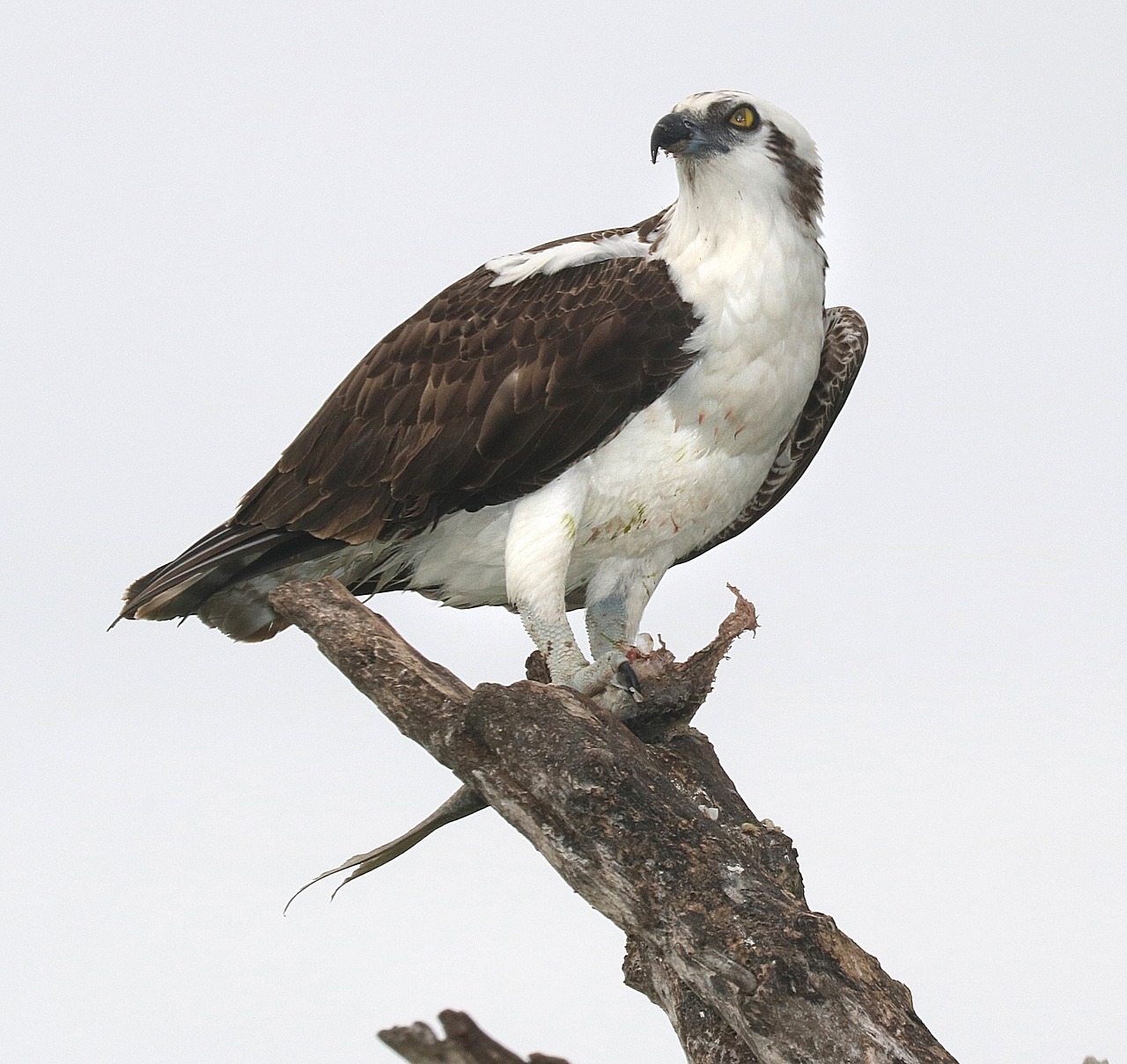The purpose of the Osprey/Raptor Deterrent is to minimize the available space on top of a utility pole and restrict the clearance for the birds to fly, nest, and perch. It also acts as a protective barrier and shields the birds from coming in contact with any energized electrical wires or equipment.
Ospreys and Raptors hesitate to fly into areas that are confined and/or pose a possible threat to damaging their all-important flight wings or feathers. Loss of these feathers could cause the loss of flight and the ability to hunt for food, and their ultimate survival.
Ospreys were re-introduced into areas with the use of a wood pole with cross arms or a platform on top. They have since naturally related to utility poles equipped with cross arms as a normal nesting area. Many utilities have attempted to remove empty nests only to have the birds reconstruct them in a matter of days. Often times this nest rebuilding starts immediately after the utility crew has gone.
These nests, and sometimes the birds themselves, lead to interruption of electrical service. This affects a widespread area and a great number of customers. Nests that catch on fire can cause damage to poles and cross arms leading to costly replacement as well as these outages. With service reliability being a very important issue to utility companies and their customers it has become a big problem.
The device also presents a barrier that acts to deflect the sticks and debris used to build these nests. Ospreys, upon observance, tend to drop the sticks onto the top of the intended nesting area, land, then position it or carry it and land placing it in the nest area. To land they need a large area free of obstruction. This device limits that free area. With the limited flight clearance they avoid landing with debris and the conduits deflect any of the dropped objects and they bounce harmlessly off of the structure. The Ospreys then move on to find more suitable areas to nest and perch.
Another feature of the construction of the device is that it is not flat at any point on top and therefore does not allow for debris to gather on the top of it. The conduit is not stable enough for the weight of the birds, but strong enough to deflect the debris dropped and thus deters the birds from landing or trying to perch on any part except at the center point. The birds perching there pose no problem because the birds are not building nests. They are also out of harm’s way from contacting live energized electrical conductors or equipment while taking off or landing.
“I designed and developed this product to protect both the electrical industry and wildlife.”- Mike Nichols, 30+ years in the electrical industry.


